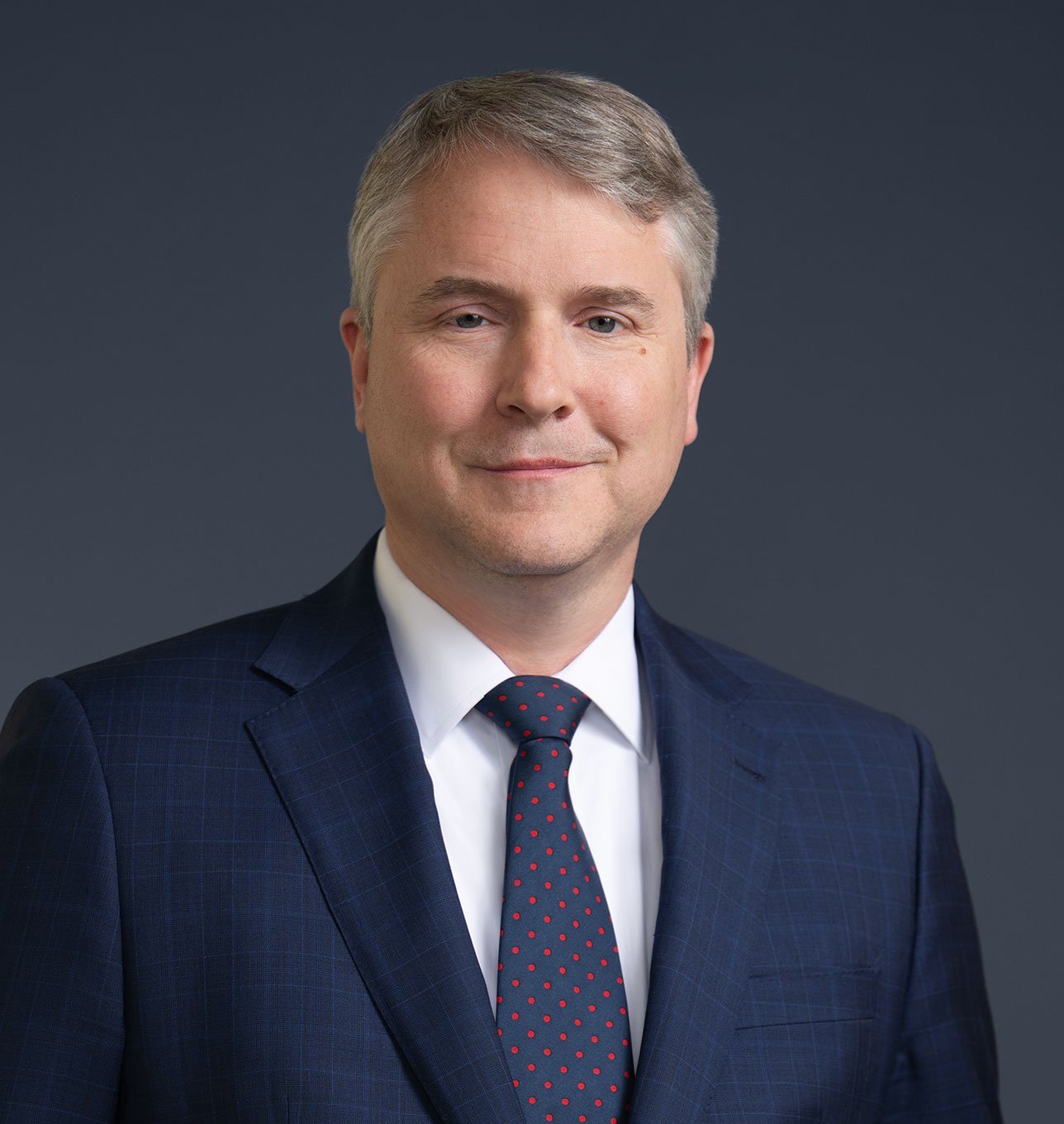Federal Reserve Governor Waller Introduces “Skinny” Master Account Concept and Signals Support for Payments Innovation
On October 21, 2025, Governor Christopher J. Waller of the Board of Governors of the Federal Reserve System (the “Federal Reserve”) delivered opening remarks at the inaugural Payments Innovation Conference (the “Conference”). Governor Waller’s remarks included a discussion of the creation of a “skinny” master account to provide payment system innovators access to the Federal Reserve’s payment system without all of the features of a full-fledged master account. He also highlighted the evolving payments landscape, the increasing integration of decentralized finance and crypto technologies, and the Federal Reserve’s role in supporting private-sector-driven innovation.
Background
Pursuant to the Federal Reserve Act, the Federal Reserve Banks provide financial services to depository institutions, including banks, credit unions, and savings and loan associations, similar to those that institutions provide for their customers. These services include collecting checks, electronically transferring funds, and distributing and receiving cash and coin.1 To settle transactions with a Federal Reserve Bank, an institution may open a master account with the Federal Reserve Bank or rely on another institution’s master account on a correspondent basis.2 In all cases, a Federal Reserve Bank must approve an institution’s request to have access to services, including opening/using a master account.
The Federal Reserve Banks evaluate requests for master accounts to access financial services using the Federal Reserve’s Guidelines for Evaluating Account and Services Requests (the “Guidelines”). The Guidelines are meant to be transparent, risk-based, and uniformly applied. Even with the Guidelines, the process to grant or deny master account access has not been without challenges.3 In particular, the questions of whether an applicant is a depository institution (and therefore, eligible for Federal Reserve services), and whether a Federal Reserve Bank has discretion to deny a master account have been the subject of debate and litigation.
Proposed “Skinny” Master Account Concept
At the Conference, Governor Waller announced that he has asked Federal Reserve staff to explore a new “payment account” concept, referred to as a “skinny” master account. The skinny master account “would be available to all institutions that are legally eligible for an account and could be beneficial for those focused primarily on payments innovations.” The purpose of the skinny master account would be to provide basic Federal Reserve payment services to eligible institutions that currently conduct payment services primarily through a third-party bank with a master account. Governor Waller noted that the “idea is to tailor the services of these new accounts to the needs of these firms and the risks they present to the Federal Reserve Banks and the payment system.” These lower-risk skinny master accounts also would be subject to a streamlined review timeline.
Describing potential aspects of the proposal, Governor Waller said the skinny master account would provide access to Federal Reserve payment rails while controlling for various risks to the Federal Reserve and the payment system. The controls he discussed include:
- No interest paid on balances;
- Balance caps;
- No daylight overdraft privileges (payments would be rejected if the account balance reaches zero); and
- No eligibility for discount window borrowing or for full Federal Reserve payment services where risk cannot be adequately controlled.
Governor Waller emphasized that this concept is in the exploratory stage, and that the Federal Reserve will engage with interested stakeholders to assess the benefits and drawbacks of this concept.
Private-Sector-Driven Innovation
In his remarks, Governor Waller also noted that “we are well into a technology-driven revolution in payments,” and that he was there “to say that the Federal Reserve intends to be an active part of that revolution.” He pointed to technological advances that are transforming the payments ecosystem, including stablecoins and tokenized assets utilizing distributed ledger technology, and the rapid adoption of artificial intelligence (“AI”). He also expressed his view that distributed ledgers and crypto-assets are woven into the fabric of payment and financial systems, no longer on the fringes.
He discussed the importance of the private sector to payments innovation, with public-sector entities there to build platforms and provide services (when there is a specific market need) to enable private sector expansion. He said that public institutions, including the Federal Reserve, should acknowledge and embrace private-sector innovation while preserving safety and stability. To that end, he highlighted the Federal Reserve’s efforts thus far to support private-sector innovation, including acting as convenor to solve coordination issues and operating core payment and settlement infrastructure. Looking ahead, he mentioned that the Federal Reserve is researching tokenization, smart contracts, and the intersection of AI and payments for use in its own payment systems.
Implications
Skinny master accounts would be similar to the limited-purpose master accounts that are available to participants in the Federal Reserve Bank of New York’s Foreign Bank International Cash Services Program.4 That program allows foreign banks to open a master account to place orders for USD banknotes from the Federal Reserve Bank of New York on a same-day basis, to have USD currency orders fulfilled solely with new USD banknotes (as opposed to previously circulated banknotes), and to receive expedited processing of large-denomination USD banknotes deposited with the Federal Reserve Bank. These services support the foreign bank’s distribution of USD banknotes, and do not include access to other Federal Reserve services. This program and other tailored arrangements5 for accessing Federal Reserve services demonstrate the flexibility the Federal Reserve has to provide access to its services.
Therefore, Governor Waller’s skinny master account proposal signals a notable shift in the Federal Reserve’s posture toward depository institutions with non-traditional charter types or business models.6 The shift reflects an effort to adapt to the changing payments landscape and to support continued innovation while maintaining the safety and stability of the payment system. Interested parties and stakeholders should consider whether a skinny master account aligns with their business needs and consider participating in the process as the exploratory stage moves forward.
1 These services do not include transactions conducted as part of Federal Reserve’s open market operations or administration of the Federal Reserve Bank’s discount window.
2 See Federal Reserve Bank Services, Operating Circular 1 § 2.1 (Sept. 1, 2023).
3 As discussed in our prior Legal Update, it took over two years (and the filing of a lawsuit) for a cryptocurrency-focused bank’s request for a master account to be denied.
4 Federal Reserve, Foreign Bank International Cash Services Program (2025).
5 See e.g., Kyle Campbell, Why Texas has its own account with the Federal Reserve, American Banker (Apr. 25, 2024).
6 Governor Waller did not address the eligibility requirements for granting master account access to certain types of institutions with non-traditional charter types. For example, the recently enacted GENIUS Act authorizes certain nonbank entities to hold reserves at Federal Reserve Banks but does not explicitly make them eligible for master accounts. 12 U.S.C. § 5903(a)(1), (13).







